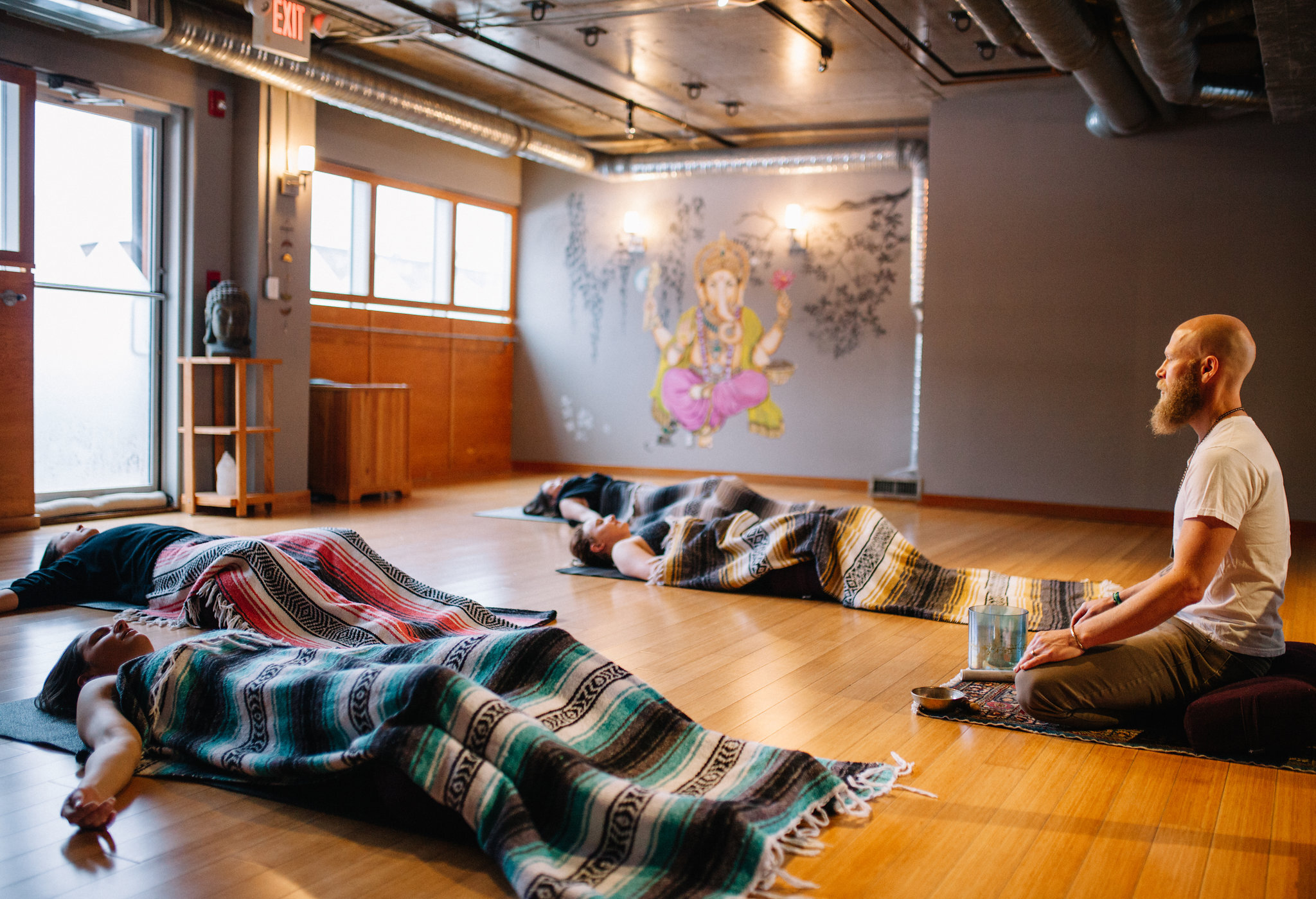
Invite Your Body to Let Go
Find whole-body healing with Cranial Sacral Therapy
Release the Constrictions
of Your Mind
and Body
Whether you realize it or not, your body is conditioned to hold tension. Your muscles contract and tighten millions of times per day. And as you encounter periods of stress or injury, your body learns to protect itself by holding onto that tension.
You might feel it in your shoulders as they inch closer to your ears or in your neck as you struggle to relax fully into your pillow at night. It might even feel like every muscle in your body is stuck in contraction, leaving you exhausted at the end of each day.
Now, imagine how good it would feel to relax every muscle in your body.
To reset the constrictions of your mind and body, like you were pressing Control-Alt-Delete on your nervous system.
To awaken as the optimal version of yourself.
Craniosacral Therapy (CST) is an invitation for your body to soften. This gentle hands-on technique allows you to speak to your body, ask it what it needs, and give it permission to let go.
Tap into Your Ability to Live Optimally
A healthy nervous system is the key to living a healthier, stress-free life. The central nervous system is heavily influenced by the craniosacral system—the membranes and fluid that surround, protect, and nourish the brain and spinal cord.
Craniosacral Therapy (CST) helps to release tensions deep in the body to relieve pain and dysfunction and improve whole-body health and performance. Using a soft touch, no greater than 5 grams (about the weight of a nickel), we’re able to release restrictions in the soft tissues that surround the central nervous system, tapping into your ability to be healthier, more optimistic, more one with yourself—whatever your optimal life looks like.
After your hour-long treatment, where you’re encouraged to relax deeply enough to fall asleep, you’ll feel rejuvenated, invigorated, and deeply nourished.
Meet Kyle, Your Craniosacral Therapist
I know firsthand what it feels like to be limited by physical and emotional pain. I was born with hip dysplasia that went undiagnosed until I was a teenager. Although active in high school with hockey, football, skiing and more, I could barely walk. Dealing with constant pain made life difficult and limiting my future options.
Like many, I lived with my pain for decades, allowing it to challenge my perception of myself and the world around me. Then, during a backcountry snowboard trip, I took a fall that finished off the last remains of the structure in my hip socket, leaving me in need of a hip replacement at 38.
As I waited for surgery, I knew I needed something that I couldn’t get from the medical system to help with my pain and healing. That’s when I discovered Cranial Sacral Therapy. In a way, it felt like magic—like I was able to speak to my body to see what it needed. To feel safe enough to release decades of physical and emotional pain.
Now, as a therapist myself, my goal is to provide you with the opportunity to create a better life: to help you experience a life without pain and help you move through the lessons of life with more ease. My job is to help you tap into your ability to be healthier, more optimistic, and more one with yourself. To become the optimal version of yourself.
Craniosacral FAQs
What is Craniosacral Therapy?
CranioSacral Therapy (CST) is a gentle, hands-on approach that releases tensions deep in the body to relieve pain and dysfunction and improve whole-body health and performance. It was pioneered and developed by Osteopathic Physician John E. Upledger after years of clinical testing and research at Michigan State University where he served as professor of biomechanics.
Using a soft touch which is generally no greater than 5 grams - about the weight of a nickel - practitioners release restrictions in the soft tissues that surround the central nervous system. CST is increasingly used as a preventive health measure for its ability to bolster resistance to disease, and it's effective for a wide range of medical problems associated with pain and dysfunction.
How Does Craniosacral Therapy Work?
Few structures have as much influence over the body's ability to function properly as the brain and spinal cord that make up the central nervous system. And, the central nervous system is heavily influenced by the craniosacral system - the membranes and fluid that surround, protect and nourish the brain and spinal cord.
Every day your body endures stresses and strains that it must work to compensate for. Unfortunately, these changes often cause body tissues to tighten and distort the craniosacral system. These distortions can then cause tension to form around the brain and spinal cord resulting in restrictions. This can create a barrier to the healthy performance of the central nervous system, and potentially every other system it interacts with.
Fortunately, such restrictions can be detected and corrected using simple methods of touch. With a light touch, the CST practitioner uses his or her hands to evaluate the craniosacral system by gently feeling various locations of the body to test for the ease of motion and rhythm of the cerebrospinal fluid pulsing around the brain and spinal cord. Soft-touch techniques are then used to release restrictions in any tissues influencing the craniosacral system.
By normalizing the environment around the brain and spinal cord and enhancing the body's ability to self-correct, CranioSacral Therapy is able to alleviate a wide variety of dysfunctions, from chronic pain and sports injuries to stroke and neurological impairment.
What Conditions Does Craniosacral Therapy Address?
TMJ Syndrome
Scoliosis
Central Nervous System Disorders
Learning Disabilities
ADD/ADHD
Post-Traumatic Stress Disorder
Orthopedic Problems
Fibromyalgia
Concussion and Traumatic Brain Injury
Migraines and Headaches
Chronic Neck and Back Pain
Autism Stress and Tension-Related Disorders
Motor-Coordination Impairments
Infant and Childhood Disorders
Brain and Spinal Cord Injuries
Chronic Fatigue
And More…


